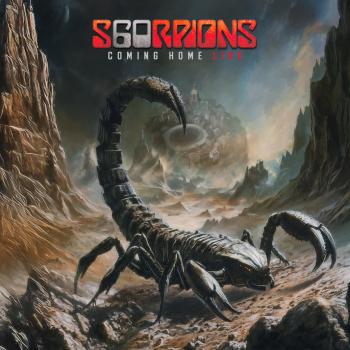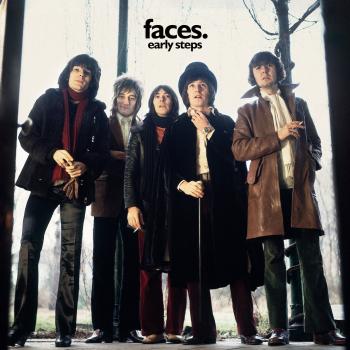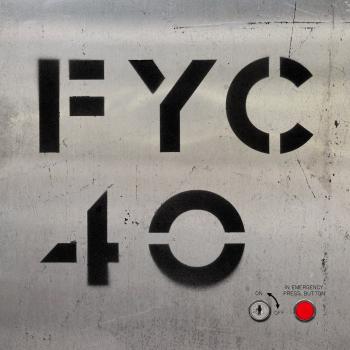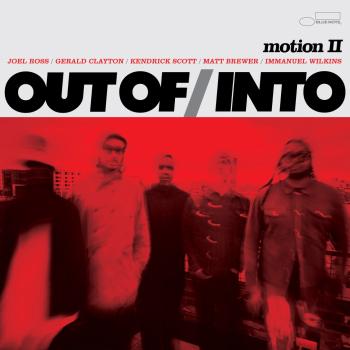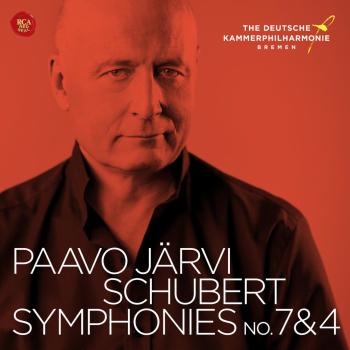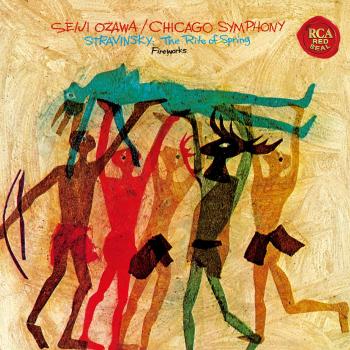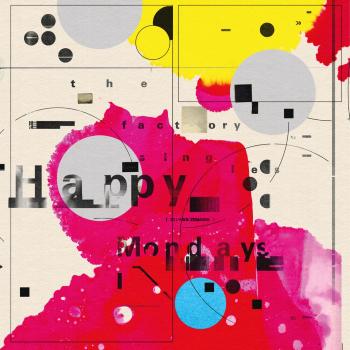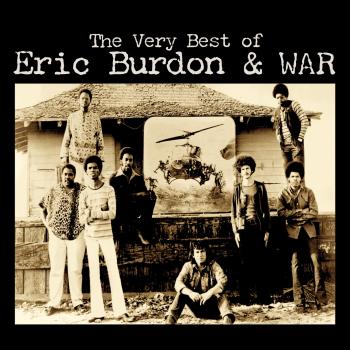
Concerto Veneziano Giuliano Carmignola & Venice Baroque Orchestra
Album info
Album-Release:
2004
HRA-Release:
26.11.2012
Label: Deutsche Grammophon (DG)
Genre: Classical
Subgenre: Concertos
Artist: Giuliano Carmignola & Venice Baroque Orchestra
Composer: Antonio Vivaldi (1678-1741), Pietro Antonio Locatelli (1695–1764), Giuseppe Tartini (1692-1770)
Album including Album cover
I`m sorry!
Dear HIGHRESAUDIO Visitor,
due to territorial constraints and also different releases dates in each country you currently can`t purchase this album. We are updating our release dates twice a week. So, please feel free to check from time-to-time, if the album is available for your country.
We suggest, that you bookmark the album and use our Short List function.
Thank you for your understanding and patience.
Yours sincerely, HIGHRESAUDIO
- Concerto for Violin and Double Orchestra in B flat major, RV 583
- 1 1. Largo e spiccato - Allegro non molto 05:21
- Concerto for Violin, Strings (in due cori) and 2 Harpsichords in B flat Major, RV 583
- 2 2. Andante 04:02
- Concerto for Violin, Strings (in due cori) and 2 Harpsichords in B flat Major, RV 583
- 3 3. Allegro 04:34
- Concerto for Violin, Strings and Harpsichord in E minor, RV 278
- 4 1. Allegro molto 06:12
- Concerto for Violin, Strings and Harpsichord in E minor, RV 278
- 5 2. Largo 04:23
- Concerto for Violin, Strings and Harpsichord in E minor, RV 278
- 6 3. Allegro 04:18
- Violin Concerto Op.3, No.9
- 7 1. Allegro - Capriccio - Cadenza 07:28
- Violin Concerto Op.3, No.9
- 8 2. Largo 04:19
- Violin Concerto Op.3, No.9
- 9 3. Allegro - Capriccio - Allegro 07:04
- Violin Concerto in A, D.96
- 10 1. Allegro 05:19
- Violin Concerto in A, D.96
- 11 2. Adagio 03:37
- Violin Concerto in A, D.96
- 12 3. (Presto) 04:34
- Violin Concerto in A, D.96
- 13 4. Largo andante 04:41
Info for Concerto Veneziano
What Baroque violinist can claim that he once played on a national team? The answer is Giuliano Carmignola. He was a member of the Virtuosi di Roma, the legendary Italian chamber orchestra. 'It was a great privilege, and like playing on a national soccer team!' Although that was 30 years ago, Carmignola hasn't forgotten the time. He played for the 'Virtuosi' with sweet articulation and brilliance, as was customary in the '70s. 'In those days we didn't know the treatises; we didn't play historically. We've come a long way,' says Carmignola today. 'You keep up with new findings - and try to come closer to the truth.
Carmignola's search for evidence has taken him to the Baroque. He has made an exacting study of style and form in its repertoire. 'The sparse dynamic and agogic indications in Baroque concertos leave a lot of room for fantasy and creativity. You have to take this freedom in order to come close to the style of the period', the violinist asserts. Anyone who has heard Giuliano Carmignola play will know that he has reached his goal. Who else displays so much fantasy and creativity in Baroque violin concertos? There is one work that he has performed again and again in quite different interpretations - Vivaldi's Four Seasons. When one bemoans the fact that because of those four concertos much else by Vivaldi has fallen into oblivion, the violinist has a ready answer: 'Now it's up to us to discover the lesser-known works!'
The violinist talks about significant concertos. For his debut recording as part of his new exclusive contract with Deutsche Grammophon, Carmignola is presenting - in addition to concertos by Giuseppe Tartini and Pietro Locatelli - two scarcely known Vivaldi violin concertos. 'Maybe these concertos will become as famous as the Four Seasons', the artist says. 'Locatelli, Tartini and Vivaldi are the three greatest violin virtuosos of the early 18th century.' Only virtuosos? 'Of course they're also composers. They gave life and form to the solo concerto. There were others, too - Veracini and Geminiani. But among the soloist-composers, these were the three greatest.'
Carmignola quickly differentiates between them: 'Tartini was a theorist. He was mathematical, also speculative, and perhaps believed that music rested on mathematical formulas. But there is also a great lyrical quality in his music, and the wealth of his embellishments is enormous. Locatelli, on the other hand, was first and foremost a great musician who exhausted the possibilities of the violin. He was a musician who made the instruments flourish and put his finger on their outward virtuosity. He also composed masterpieces, but he wasn't a genius like Tartini or Vivaldi. He didn't have their depth.'
It is Vivaldi's works that inspire the virtuoso in Carmignola, and he speaks of the extraordinary introduction of the E minor concerto, which makes great technical demands on the soloist. 'A violinist can really show his stuff there, and for that purpose there's also a wonderful passacaglia in his B flat major concerto!' Carmignola vigorously dismisses the claim that these works by Vivaldi are merely another two concertos among 300 similar ones. 'Of the 300 concertos some have become known. But there are still about 50 extraordinary ones that have never been recorded. Concertos by the mature Vivaldi. This is great music waiting to be discovered. We could make many more wonderful CDs with these.'
In the present recording Carmignola is collaborating with the conductor Andrea Marcon. Does he ever like to work without a conductor? 'It also works without one, but Andrea and I inspire one another. We're connected by a deep friendship. It gives me joy to share this music with him.' In a sense it is 'naïve' playing - a concertare, or contest. The solo violin is spotlighted. With its warm, somewhat dusky tone, Carmignola's instrument takes on a truly creative role, able to determine the choice of dynamics, colours and effects. 'This violin is perfect for my repertoire. I can achieve every possible nuance with it.' Apart from that, the violin has a very full tone and is thus a perfect instrument for a Baroque soloist able to qualify the concept of truth so refreshingly. (Christian Berzins)
'Giuliano Carmignola has been recording Vivaldi with the Venice Baroque Orchestra for some time, producing striking recordings of familiar masterpieces as well as spiky premieres of previously unrecorded works . . . [concerto RV 325]: the Orchestra and its soloist make a great deal of its rhythmic drive . . . Both virtuosically and rhetorically convincing, Carmignola deserves, and receives, top engineering billing . . . The depth and range of the recorded sound ranks among the most striking in any of Vivaldi's works. Just adjust your pacemaker accordingly. Urgently recommended.' (Robert Maxham, Fanfare)
'This album is really something special . . . This disc stands out for imaginative repertoire selection and outstanding interpretation . . . Do yourself a favor and buy this magnificently played, perfectly recorded disc. It's an instant classic.' (David Hurwitz, ClassicsToday.com)
Giuliano Carmignola, violin
Venice Baroque Orchestra
Andrea Marcon, conductor
In this recording Giuliano Carmignola plays a violin from 1739 by Floreno Guidantus, Bologna,
with a 'Tartini' (long) bow made in 2004 by Walter Barbiero.
Recorded at Manzano, Udine by Abbazia di Rosazzo, 5/2004
Giuliano Carmignola - Violinst
Born in Treviso, where the Vivaldi renaissance started 50 years ago, Giuliano Carmignola began his violin studies with his father. His first teacher at the Venice Conservatory, Luigi Ferro, was a soloist with the Scuola Veneziana Orchestra (created in 1947 by Angelo Ephrikian to perform Vivaldi’s music) and later played with the Virtuosi di Roma, with whom Carmignola was in turn to appear as a soloist from 1970 to 1978, while succeeding Ferro as a teacher in Venice. Carmignola’s career was launched at the beginning of the 1970s with his successes in national and international competitions. Having attended master classes with Nathan Milstein, Franco Gulli and Henryk Szeryng, he went on to perform the major violin works of the 19th and 20th centuries under conductors of the stature of Claudio Abbado, Eliahu Inbal, Peter Maag and Giuseppe Sinopoli, in-cluding giving the Italian premiere of Henri Dutilleux’s Violin Concerto.
As a teacher, Carmignola has been on the staff of the Musikhochschule in Lucerne and the Accade-mia Musicale Chigiana in Siena. His distinctions include the title of Accademico of the Reale Acca-demia Filarmonica in Bologna and the Accademia di Santa Cecilia in Rome. Giuliano Carmignola plays the “Baillot” Stradivari (1732), presented to him by the Fondazione Cassa di Risparmio in Bologna for his artistic achievements and his commitment to that city’s Orchestra Mozart.
Andrea Marcon - Conductor
The Venice Baroque Orchestra’s founder and director, Andrea Marcon, was born in Treviso in 1963 and received a diploma in early music from Basle’s Schola Cantorum for his organ and harpsichord studies with Jean-Claude Zehnder. Among his other influential teachers were Luigi Ferdinando Tagliavini, Hans van Nieuwkoop, Jesper Christensen, Harald Vogel and Ton Koopman. From 1983 to 1997, he was harpsichordist and organist of the Treviso-based early music ensemble Sonatori de la Gioiosa Marca. He also founded and directed the International Organ Festival “Città di Treviso”, playing a prominent role in the restoration of the city’s historic organs. He is a professor of harpsichord, organ and interpretation at the Schola Cantorum Basiliensis (since 1997), and has also been visiting professor at the Sweelinck Conservatory in Amsterdam.
Venice Baroque Orchestra
Founded in 1997 by Baroque scholar and harpsichordist Andrea Marcon, the Venice Baroque Orchestra is recognized as one of the premier ensembles devoted to period instrument performance. The Orchestra has received wide critical acclaim for its concert and opera performances throughout North America, Europe, South America, Japan and Korea.
Highlights of the 2011/12 season included the opening of the Bruge Concertgebouw season with Vivaldi’s Stabat Mater and Gloria; concerts in Lisbon and France with soprano Patricia Petibon; concert performances of their pasticcio of Metastasio’s L’Olimpiade in London, Dijon, Brussels, Paris, Athens, Rome and Siena, performances with violinist Giuliano Carmignola at the Enescu Festival, the Gstaad and Dubrovnik festivals, and in Geneva and Fénétrange; and concerts in Italy and Russia with mezzo-soprano Romina Basso and with Simone Kermes in Poland, as well as performances of Baroque multi-instrument concertos throughout Europe.
The 2010/11 season featured a 28-city tour of the United States with violinist Robert McDuffie in premiere performances of Philip Glass’s new violin concerto, The American Four Seasons; a tour of Japan and Korea with violinist Giuliano Carmignola; concerts in Austria and France with soprano Patricia Petibon; Vivaldi’s La senna festeggiante performed in Amsterdam’s Concertgebouw; Baroque cello concertos with Gautier Capuçon in Germany; Pergolesi’s Stabat Mater at Théâtre des Champs Elysées with soprano Veronica Cangemi and contralto Sara Mingardo; a US tour with violinists Giuliano Carmignola and Giulio Plotino; Vivaldi arias with Romina Basso in Amsterdam’s Concertgebouw, Monteverdi’s Vespers in Leipzig, and a tour of summer festivals in Austria, Germany, and Switzerland featuring mezzo-soprano Magdalena Kožená. In recent seasons, the Orchestra has also performed with
Cecilia Bartoli, Anna Netrebko, Vivica Genaux, Andreas Scholl, Marie-Nicole Lemieux, Roberta Invernizzi, Simone Kermes and Viktoria Mullova.
This album contains no booklet.

